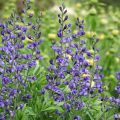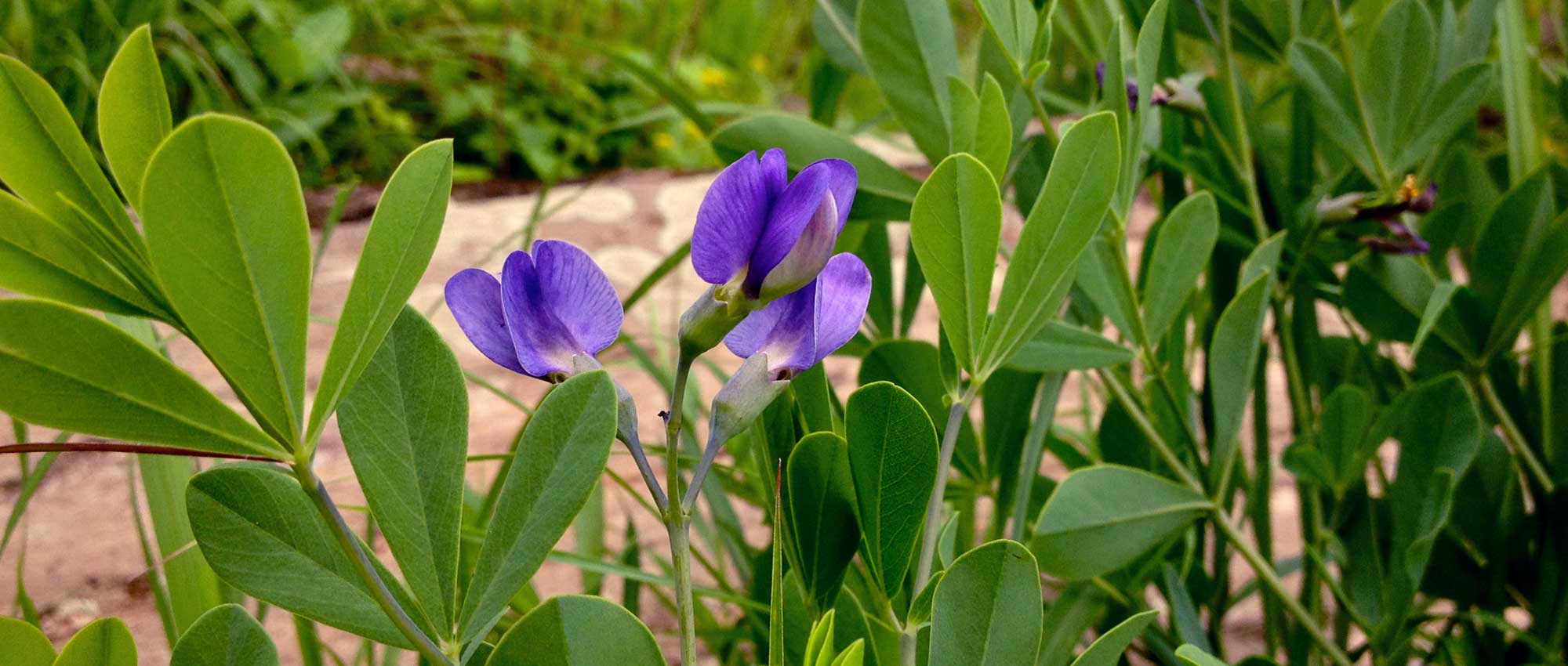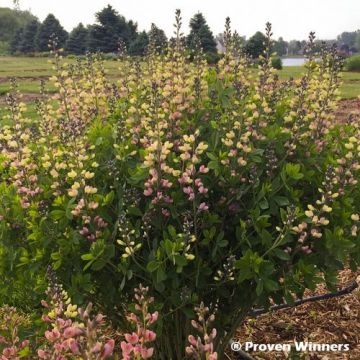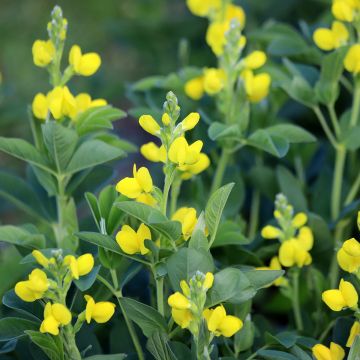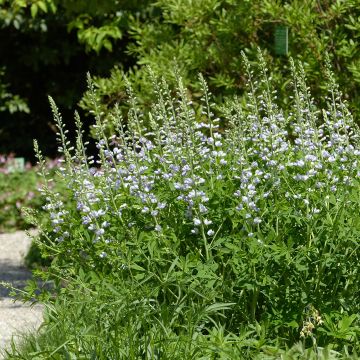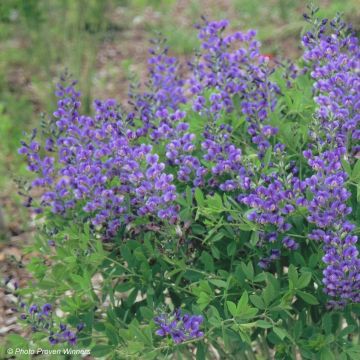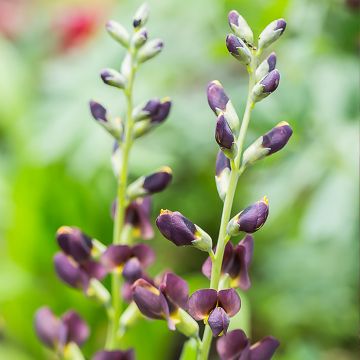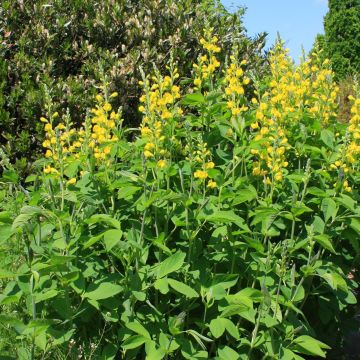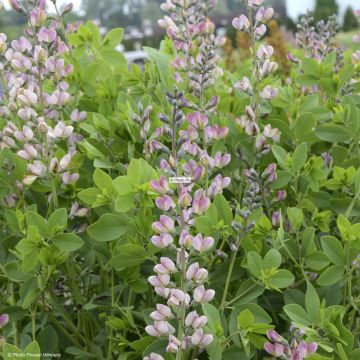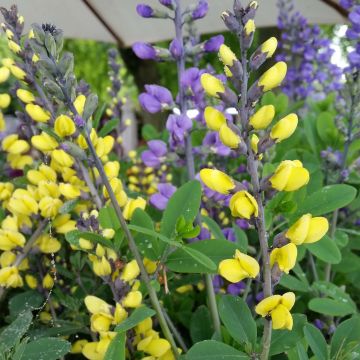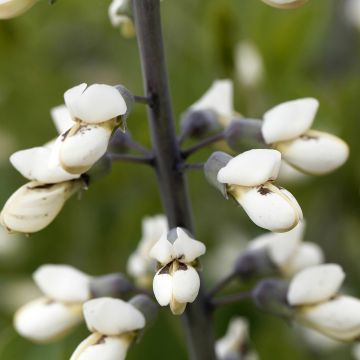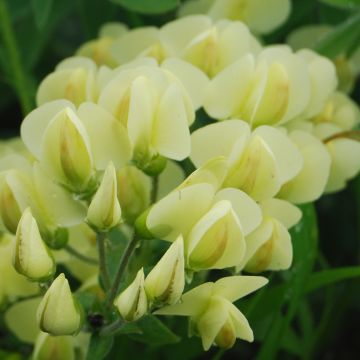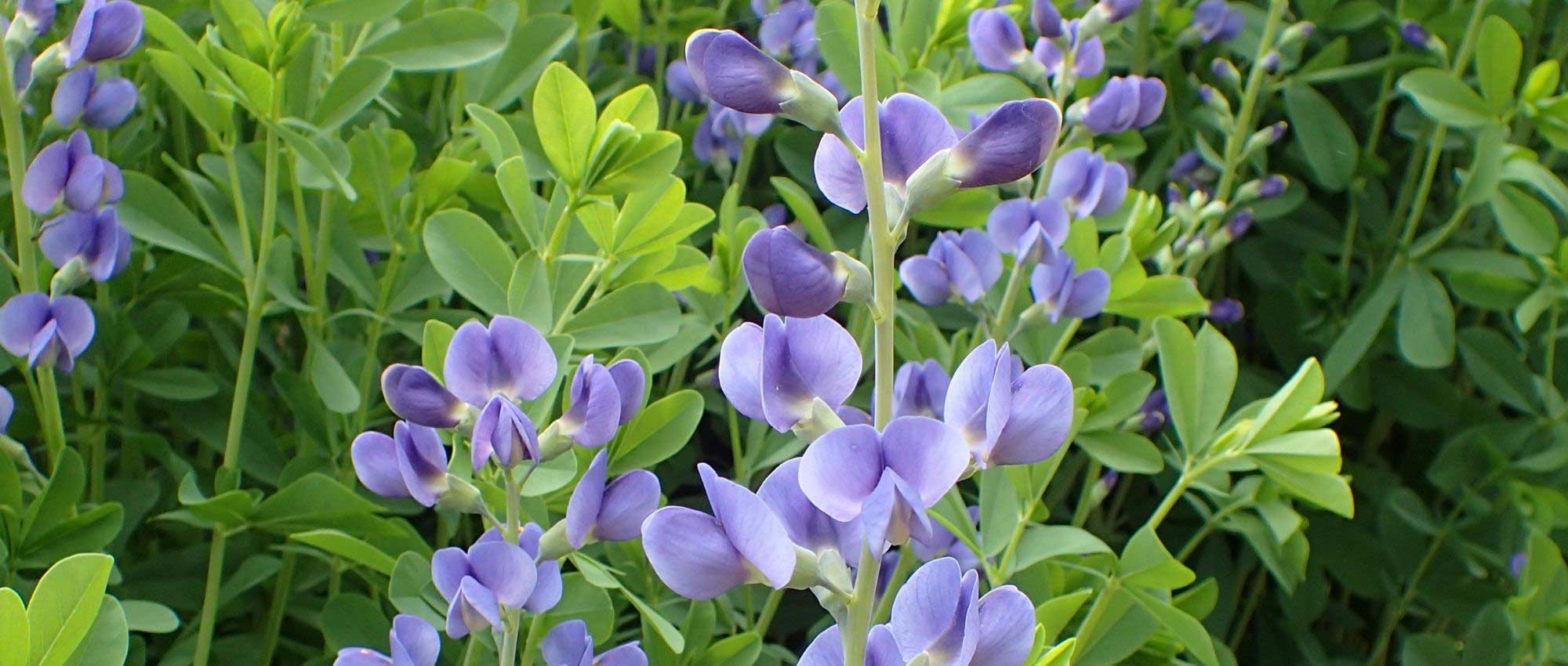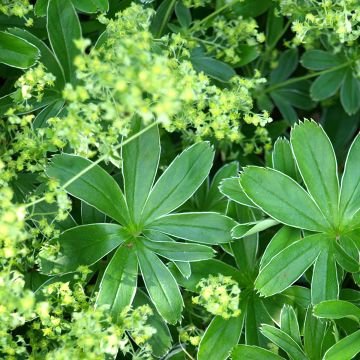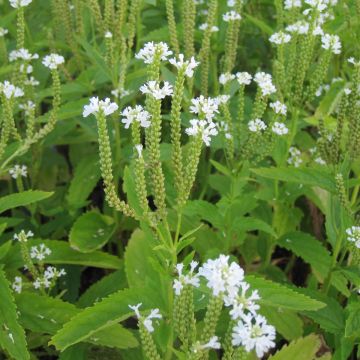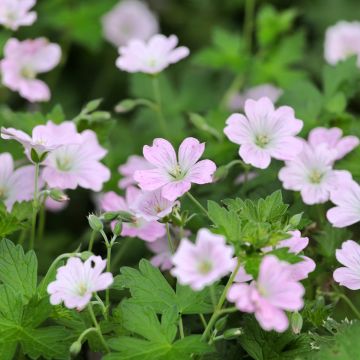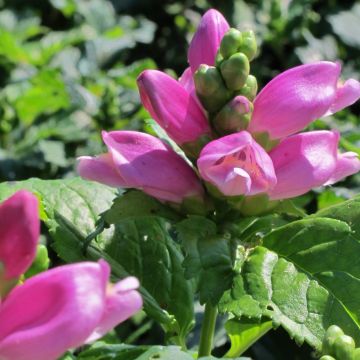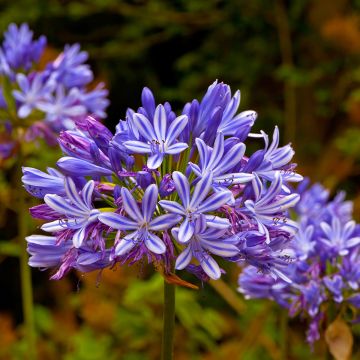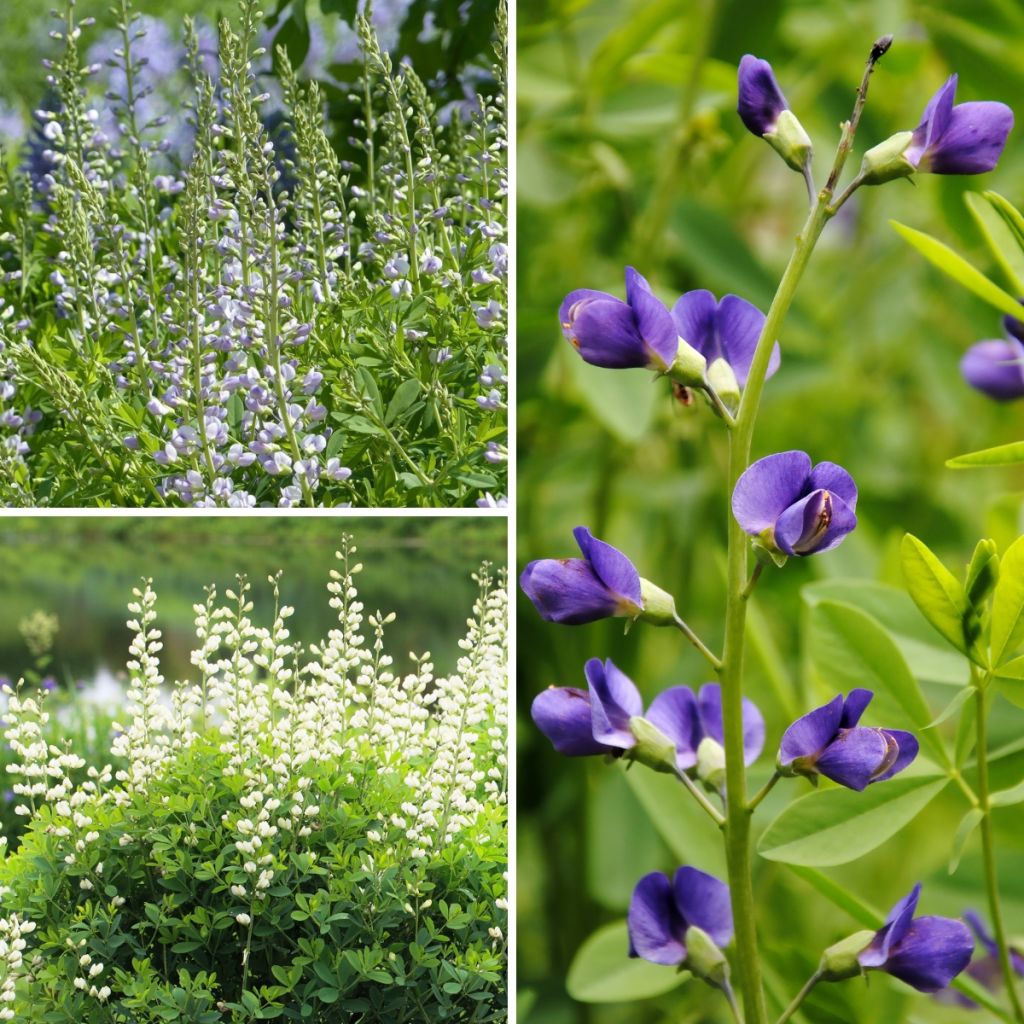

Baptisia Collection
Baptisia Collection
Baptisia australis sp., Starlite Prairieblues, Alba
Baptisia, False indigo, Wild indigo
I'm sorry, but the customer review provided does not contain any text to be translated. If you have a specific customer review in French that you would like me to translate into British English, please feel free to provide it, and I will be happy to assist you with the translation.
marie-pierre, 20/04/2024
Special offer!
Receive a €20 voucher for any order over €90 (excluding delivery costs, credit notes, and plastic-free options)!
1- Add your favorite plants to your cart.
2- Once you have reached €90, confirm your order (you can even choose the delivery date!).
3- As soon as your order is shipped, you will receive an email containing your voucher code, valid for 3 months (90 days).
Your voucher is unique and can only be used once, for any order with a minimum value of €20, excluding delivery costs.
Can be combined with other current offers, non-divisible and non-refundable.
This plant carries a 12 months recovery warranty
More information
We guarantee the quality of our plants for a full growing cycle, and will replace at our expense any plant that fails to recover under normal climatic and planting conditions.
Would this plant suit my garden?
Set up your Plantfit profile →
Collection items (3 plants)
-
Baptisia australis Starlite Prairieblues - False Indigo
Price per single item: 10,90 €Find out more
Description
The collection consists of:
- x 1 Baptisia australis 'Alba' : a beautiful variety with pure white flowers, reaching a height of 1.20 m (4ft)
- x 1 Baptisia (x) australis 'Starlite Prairieblues' : a compact hybrid variety (90 cm (35in) tall when in bloom) with slightly earlier flowering, bicoloured and sparkling. Its flowers are a periwinkle blue with white tips at the base.
- x 1 Baptisia australis : the native botanical species from the central United States. The plant reaches a height of 1.50 m (5ft) when in bloom. Its flowering is a magnificent indigo blue.
Baptisias are close cousins of lupins, which are much better known in Europe. They are much less demanding in terms of moisture, but share with lupins a preference for acidic soils. A mix of compost and sand will suit them perfectly. Water regularly during the first few months to help them get established. Fertiliser is not necessary, as it would promote foliage growth at the expense of flowers. Allow for a spacing of 80 cm (32in) between plants, as Baptisia clumps can become imposing over time.
Plant the Baptisias from this collection in a small romantic scene, interspersed with three English roses, for example. In a wilder area, associate them with medium-sized grasses such as Pennisetum, Muhlenbergia capillaris, or small Miscanthus. Baptisias are authentic meadow plants that get along well with echinaceas, toadflaxes, or even with hybrid mulleins, equally understated and spectacular.
Flowering
Foliage
Plant habit
Botanical data
Baptisia
australis
sp., Starlite Prairieblues, Alba
Fabaceae
Baptisia, False indigo, Wild indigo
Cultivar or hybrid
Other Baptisia
View all →Planting and care
Plant these plants in the sun, in loose, well-drained soil, preferably non-calcareous. Once well-rooted, they tolerate summer drought.
In the first year of cultivation, the plant may appear stunted, which is normal. Young Baptisia plants are very slow-growing, and their taproot is particularly fragile until it is deeply anchored in the soil. Make sure not to damage it during planting! Avoid leaving young plants in their pot for too long: the taproot could bend when it reaches the bottom.
Optionally, add a small handful of phosphate fertiliser (it is a root stimulant), to be mixed with the soil at the time of planting. Add 1/3 sand and 1/3 gravel to clayey and heavy soils to ensure good drainage, which is essential. Water moderately in the first year.
In the second or third year, the plant will be established and not require any special care, and it can bloom profusely for many years.
Caution, voles also seem to be fond of their fleshy roots...
Planting period
Intended location
Care
Planting & care advice
-
, onOrder confirmed
Reply from on Promesse de fleurs
Similar products
Haven't found what you were looking for?
Hardiness is the lowest winter temperature a plant can endure without suffering serious damage or even dying. However, hardiness is affected by location (a sheltered area, such as a patio), protection (winter cover) and soil type (hardiness is improved by well-drained soil).

Photo Sharing Terms & Conditions
In order to encourage gardeners to interact and share their experiences, Promesse de fleurs offers various media enabling content to be uploaded onto its Site - in particular via the ‘Photo sharing’ module.
The User agrees to refrain from:
- Posting any content that is illegal, prejudicial, insulting, racist, inciteful to hatred, revisionist, contrary to public decency, that infringes on privacy or on the privacy rights of third parties, in particular the publicity rights of persons and goods, intellectual property rights, or the right to privacy.
- Submitting content on behalf of a third party;
- Impersonate the identity of a third party and/or publish any personal information about a third party;
In general, the User undertakes to refrain from any unethical behaviour.
All Content (in particular text, comments, files, images, photos, videos, creative works, etc.), which may be subject to property or intellectual property rights, image or other private rights, shall remain the property of the User, subject to the limited rights granted by the terms of the licence granted by Promesse de fleurs as stated below. Users are at liberty to publish or not to publish such Content on the Site, notably via the ‘Photo Sharing’ facility, and accept that this Content shall be made public and freely accessible, notably on the Internet.
Users further acknowledge, undertake to have ,and guarantee that they hold all necessary rights and permissions to publish such material on the Site, in particular with regard to the legislation in force pertaining to any privacy, property, intellectual property, image, or contractual rights, or rights of any other nature. By publishing such Content on the Site, Users acknowledge accepting full liability as publishers of the Content within the meaning of the law, and grant Promesse de fleurs, free of charge, an inclusive, worldwide licence for the said Content for the entire duration of its publication, including all reproduction, representation, up/downloading, displaying, performing, transmission, and storage rights.
Users also grant permission for their name to be linked to the Content and accept that this link may not always be made available.
By engaging in posting material, Users consent to their Content becoming automatically accessible on the Internet, in particular on other sites and/or blogs and/or web pages of the Promesse de fleurs site, including in particular social pages and the Promesse de fleurs catalogue.
Users may secure the removal of entrusted content free of charge by issuing a simple request via our contact form.
The flowering period indicated on our website applies to countries and regions located in USDA zone 8 (France, the United Kingdom, Ireland, the Netherlands, etc.)
It will vary according to where you live:
- In zones 9 to 10 (Italy, Spain, Greece, etc.), flowering will occur about 2 to 4 weeks earlier.
- In zones 6 to 7 (Germany, Poland, Slovenia, and lower mountainous regions), flowering will be delayed by 2 to 3 weeks.
- In zone 5 (Central Europe, Scandinavia), blooming will be delayed by 3 to 5 weeks.
In temperate climates, pruning of spring-flowering shrubs (forsythia, spireas, etc.) should be done just after flowering.
Pruning of summer-flowering shrubs (Indian Lilac, Perovskia, etc.) can be done in winter or spring.
In cold regions as well as with frost-sensitive plants, avoid pruning too early when severe frosts may still occur.
The planting period indicated on our website applies to countries and regions located in USDA zone 8 (France, United Kingdom, Ireland, Netherlands).
It will vary according to where you live:
- In Mediterranean zones (Marseille, Madrid, Milan, etc.), autumn and winter are the best planting periods.
- In continental zones (Strasbourg, Munich, Vienna, etc.), delay planting by 2 to 3 weeks in spring and bring it forward by 2 to 4 weeks in autumn.
- In mountainous regions (the Alps, Pyrenees, Carpathians, etc.), it is best to plant in late spring (May-June) or late summer (August-September).
The harvesting period indicated on our website applies to countries and regions in USDA zone 8 (France, England, Ireland, the Netherlands).
In colder areas (Scandinavia, Poland, Austria...) fruit and vegetable harvests are likely to be delayed by 3-4 weeks.
In warmer areas (Italy, Spain, Greece, etc.), harvesting will probably take place earlier, depending on weather conditions.
The sowing periods indicated on our website apply to countries and regions within USDA Zone 8 (France, UK, Ireland, Netherlands).
In colder areas (Scandinavia, Poland, Austria...), delay any outdoor sowing by 3-4 weeks, or sow under glass.
In warmer climes (Italy, Spain, Greece, etc.), bring outdoor sowing forward by a few weeks.
































